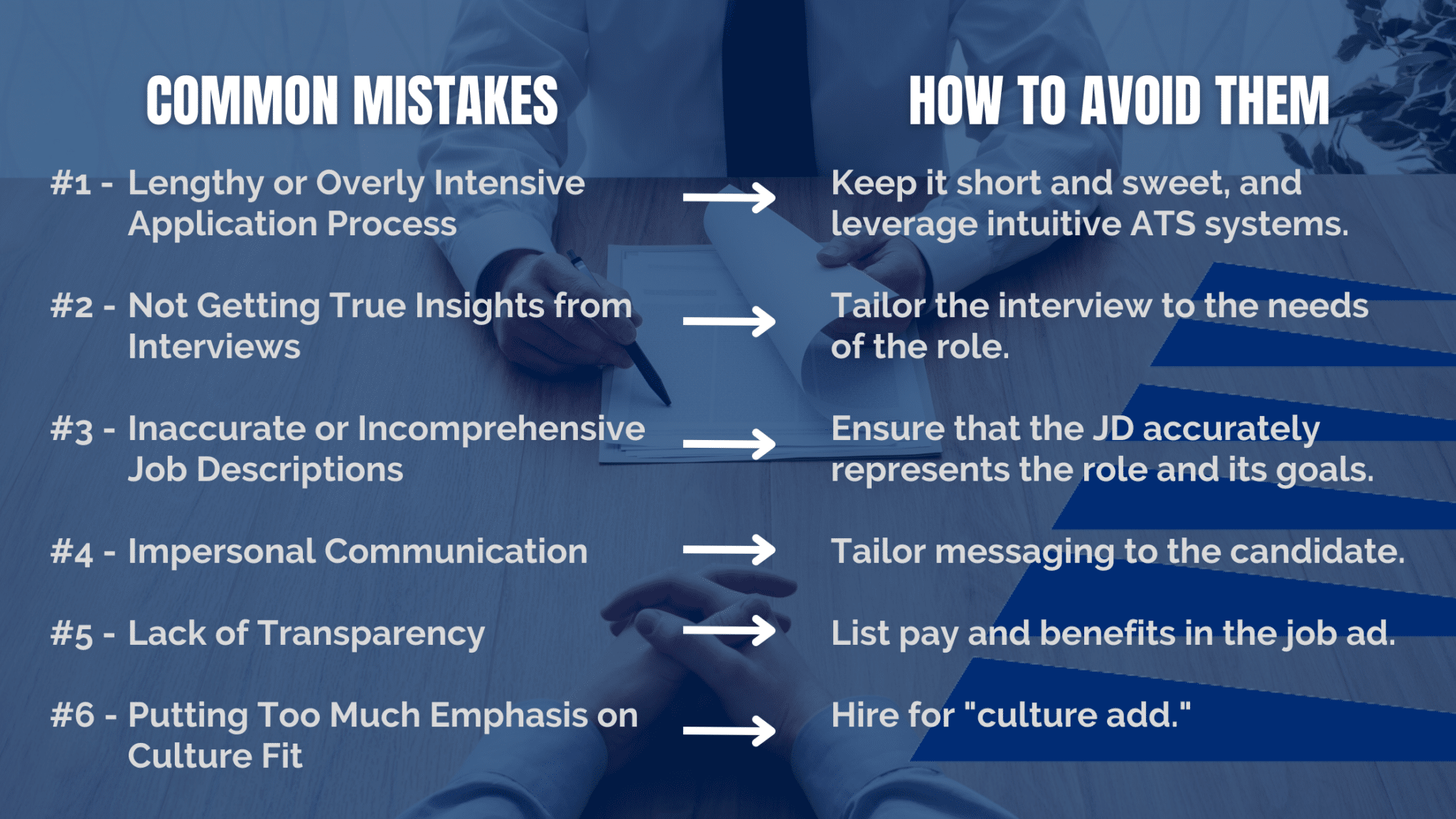Discover how your business can benefit from contract staffing solutions in this month’s Monday Market Share series. In this interview, Director of Staffing Kyle Wagehoft explores the top industries and skillsets in high demand for contracting staff, as well as the reasons why more companies are choosing this approach. Whether you're a seasoned HR professional or a new hiring manager, Kyle's insights and advice will help you make the most of this dynamic and growing area of staffing.
Kyle uses his expertise in contract staffing and temporary hiring solutions to answer the following questions:
- What are the top 3 industries and skillsets in high demand for temporary hiring and contract staffing?
- Why are more companies choosing to leverage contract staffing solutions?
- What’s your best advice for companies looking to hire on a contract staffing basis vs direct hiring?
Read on to hear his responses or click on the video below!
What are the top 3 industries and skillsets in high demand for temporary and contract staffing?
“The top three industries that we're currently seeing the highest demand for contracting staff are healthcare, IT, and finance and accounting. Specifically, within healthcare, there's currently staffing shortages across the U.S. so we're seeing both nurses and revenue cycle staff in the highest demand. Within IT, as companies are starting to shift more towards digital transformation, we are seeing both full stack developers and UX/UI designers as being the highest in demand. Within finance and accounting, both public and private accountants are the hottest hiring need. They're becoming more difficult to find and hire as there are two times as many openings as there are candidates available right now.”
Why are more companies choosing to leverage contract staffing solutions?
“We are currently seeing companies starting to choose contract solutions over traditional direct hiring. The first reason being taxes and headcount. Employees are considered the most expensive cost for any company and the most risk. Companies can address these costs by partnering with long-term contractor companies, like Blue Signal. When engaging with professional staffing agencies, such as Blue Signal, they will take on all the risk. At Blue Signal, we finance the employees’ benefits, as well as match all other taxes.
The second reason we're starting to see the shift is companies want to find the right fit. And due to that, a contracting solution provides both the company and the contractor the opportunity to make sure that they are the right fit for each other, and then allows the contractor to shine in a competitive job environment.
The third reason we're starting to see a shift is just due to project needs. Contract staffing solutions provide these companies with the ability to scale up and down the workforce based on their project needs very quickly.”
What’s your best advice for companies looking to hire on a contract staffing basis vs direct hiring?
“My best advice for companies when they're looking to hire on a contract basis versus direct hire is to ensure that their culture and management are inclusive to contractors and understand their importance to the organization's success. For the contract workforce to be effective, leadership must ensure that their contract employees feel welcome and are properly integrated into the larger organizational culture. A worker's hiring status, meaning contract versus permanent, should not preclude them from feeling like they're part of the team.
In other words, make sure that all your contract workers know that they're valued contributors, and that they're appreciated. Ultimately, developing a best practice management strategy like this within your organization is going to be essential to attracting as well as retaining your contractors.”
In Conclusion
In today's job market, contract staffing solutions offer flexibility, scalability, and cost savings to companies seeking to hire top talent. Blue Signal offers professional staffing services and specializes in connecting businesses with skilled contractors across various industries, including healthcare, IT, finance and accounting, and more. With our expertise in contract staffing and temporary hiring solutions, we can help companies reduce risk and optimize their workforce. Contact us to learn more about how we can support your hiring needs and help your business succeed.
About Kyle Wagehoft
If you're looking for expert guidance on temporary hiring and contract staffing solutions, look no further than Blue Signal's Director of Staffing, Kyle Wagehoft. With over a decade of experience in talent acquisition and staffing, Kyle brings a wealth of knowledge to his role. He specializes in Healthcare/Revenue Cycle, Information Technology, and Finance & Accounting, and is dedicated to finding the best candidates for his clients. Learn more about Kyle on his recruiter bio page, and if you need help with your contract staffing needs, don't hesitate to reach out to him for a consultation.
Partner with us for your next hire.
Set up a free consultation with a recruiting manager. Tell us about your hiring need.
By submitting this form, you consent to receive communications from Blue Signal, including phone calls, emails, and text messages.

